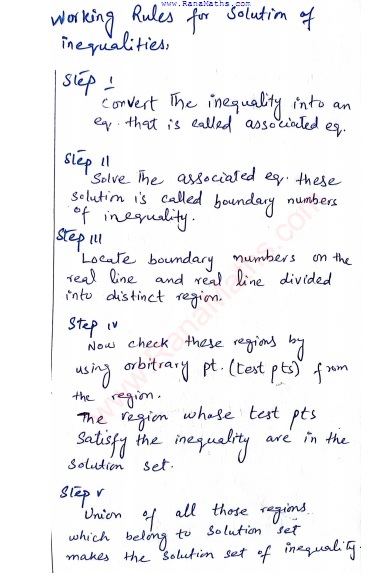Calculus and Analytical Geometry Lecture No. 2
In these notes, Calculus 1 at the undergraduate level is well discussed.
Relate each concept given in pdf:
- Working Rule for Inequalities in Calculus:
- Explanation: In calculus, the working rule for inequalities involves understanding how the sign of a derivative indicates the behavior of a function. If the derivative is positive, the function is increasing; if negative, the function is decreasing. This rule is crucial for analyzing the behavior of functions and finding critical points.
- Completeness Property of R (Real Numbers) in Calculus:
- Explanation: In calculus, the completeness property of real numbers is essential for discussing limits and continuity.
- Upper Bounds and Lower Bounds in Calculus:
- Explanation: In calculus, understanding upper and lower bounds is critical when dealing with sequences and series. For example, the concept is relevant when discussing convergence or divergence of sequences, where an upper bound ensures convergence, and a lower bound is necessary for divergence.
- Binary Relations, Functions, and Types of Functions in Calculus:
- Explanation: Functions in calculus describe how one variable depends on another. Binary relations become important when discussing limits and continuity, and different types of functions (such as exponential, logarithmic, or trigonometric functions) play key roles in calculus applications.
- Domain and Range of a Function in Calculus:
- Explanation: In calculus, understanding the domain and range of a function is crucial for identifying where the function is defined and what values it can take. This information is fundamental for finding limits, continuity, and analyzing the behavior of functions.
- Composition of Functions in Calculus:
- Explanation: Composition of functions is a common operation in calculus, particularly when dealing with composite functions. This concept is relevant when studying chain rules and finding derivatives of composite functions.
- Monotonic Sequences, Increasing, and Decreasing Functions in Calculus:
- Explanation: In calculus, monotonic sequences are related to the convergence of sequences. Increasing and decreasing functions are crucial for understanding the behavior of functions, finding critical points, and determining intervals of increase or decrease.
These concepts bridge the gap between the foundational principles of mathematical reasoning and their application in calculus, where the focus is on understanding and analyzing the behavior of functions and their rates of change.
We would like to extend our heartfelt gratitude to Ma’am Nabila Riaz for providing these useful notes.
We invite you to continue exploring our website at www.RanaMaths.com

